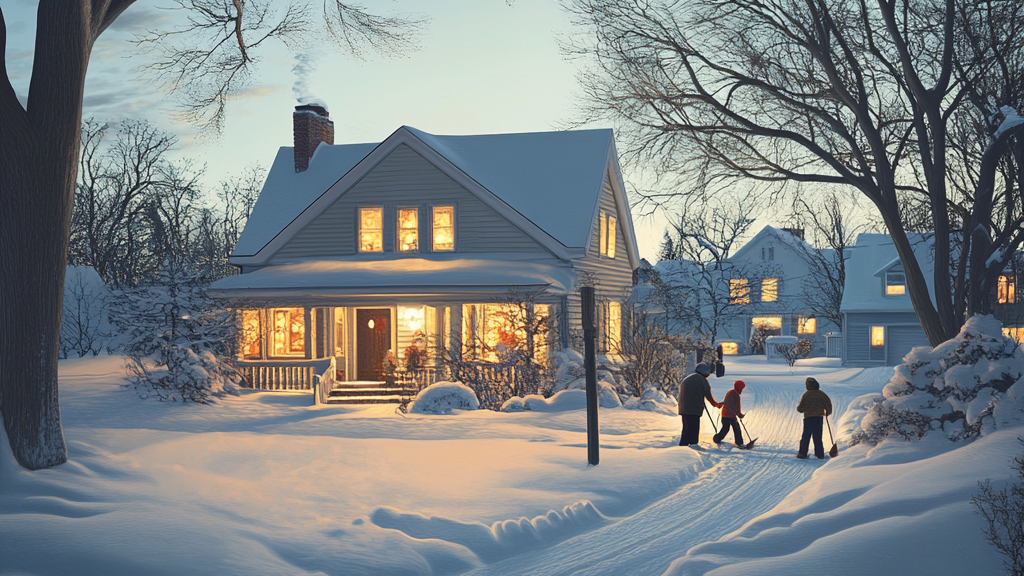Winter is coming, and ensuring your home is prepared for the colder months is essential for keeping your family safe, warm, and your energy bills manageable. Winterizing your home can protect against freezing temperatures, reduce energy consumption, and prevent costly repairs. Follow these key steps to get your home ready for winter.

1. Seal Drafts and Insulate
Drafts can significantly impact your home’s warmth and energy efficiency. Inspect doors and windows for gaps or leaks and seal them with weatherstripping or caulk. Consider adding insulation to your attic, walls, and floors to prevent heat loss and maintain a comfortable temperature inside your home.
2. Inspect Your Heating System
Schedule a professional HVAC inspection to ensure your heating system is working efficiently. Replace air filters, clean ducts, and test your furnace or heat pump. If you use a fireplace or wood stove, have the chimney cleaned and inspected for safety.
3. Protect Your Pipes
Frozen pipes can burst and cause extensive damage. Wrap exposed pipes in insulation, especially in unheated areas like basements, garages, and crawl spaces. Disconnect and drain outdoor hoses and shut off water to exterior faucets to prevent freezing.
4. Clean Gutters and Downspouts
Clogged gutters can lead to ice dams, which can damage your roof and walls. Clear out leaves and debris, and ensure downspouts direct water away from your home’s foundation to prevent flooding.
5. Test Smoke and Carbon Monoxide Detectors
Winter often means more time indoors and an increased use of heating appliances. Test and replace the batteries in your smoke and carbon monoxide detectors to keep your family safe from potential hazards.
6. Reverse Ceiling Fans
Most ceiling fans have a reverse switch to help circulate warm air. Switch your fan to spin clockwise during the winter months, which helps push warm air down and improve energy efficiency.
7. Stock Emergency Supplies
Winter storms can lead to power outages or blocked roads. Stock up on essentials like flashlights, batteries, blankets, non-perishable food, and water. Consider having a backup generator if you live in an area prone to severe weather.
8. Inspect Your Roof
Check for loose or damaged shingles and repair them to prevent leaks. Ensure your attic is well-ventilated to reduce the risk of ice dams forming on your roof.
Taking the time to winterize your home ensures a cozy, energy-efficient, and safe environment for your family during the colder months. With a little preparation, you can enjoy the season worry-free, knowing your home is ready to withstand winter’s challenges.

